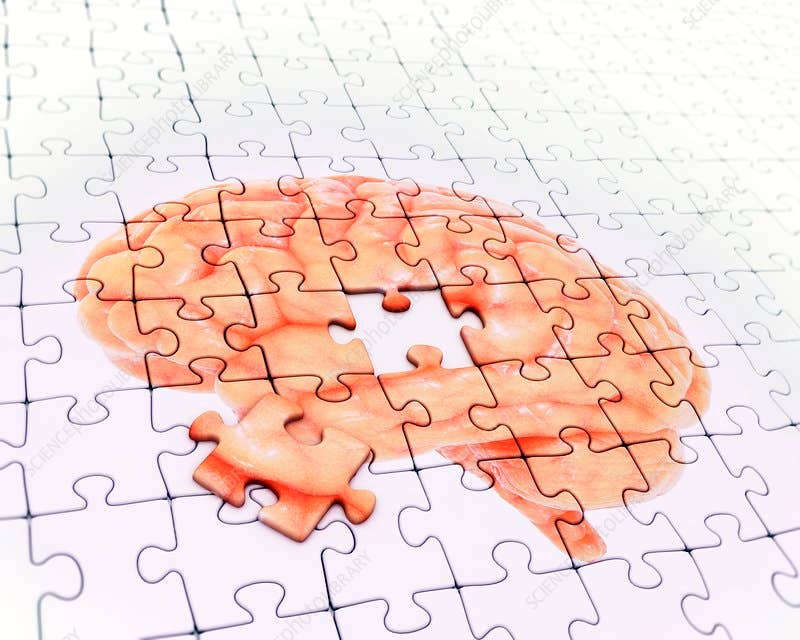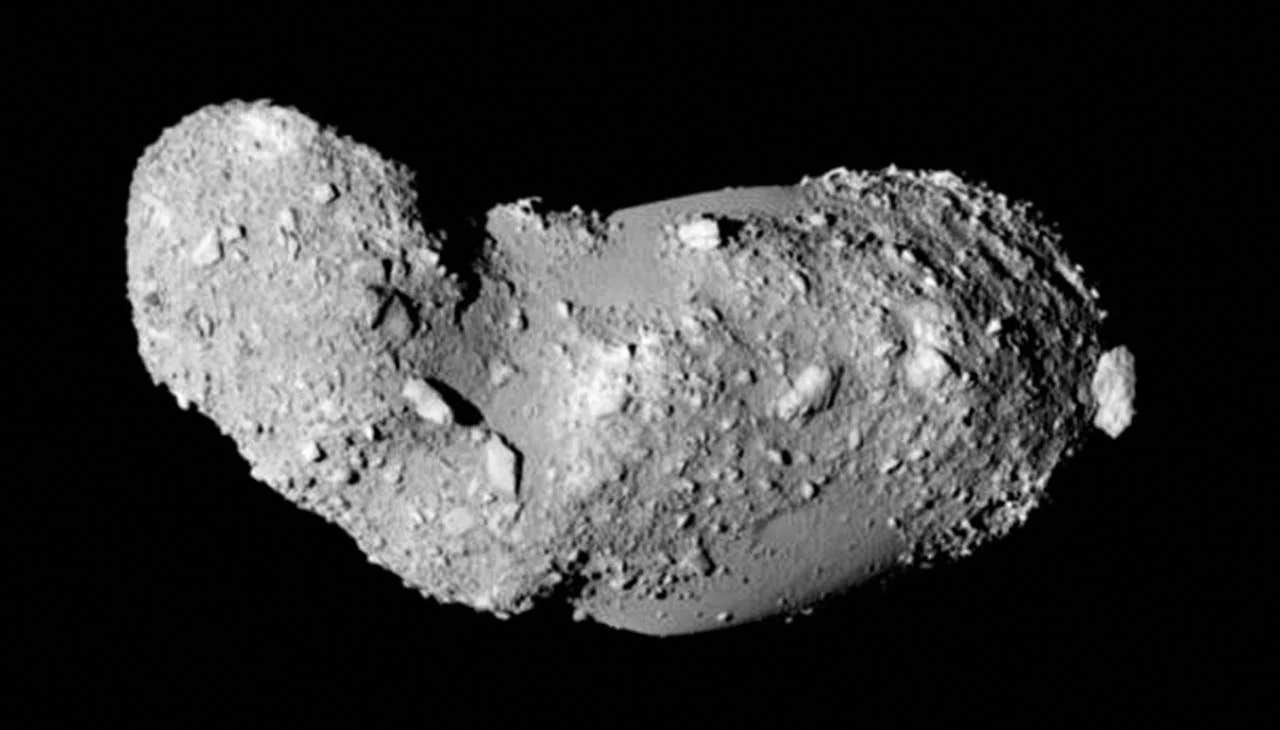New research reveals how early humans transformed the world through farming
As ancient communities shifted from foraging to farming, the forces driving this dramatic change weren’t always what many once believed.

New research reveals human interaction drove farming’s spread, not just climate. (CREDIT: CC BY-SA 4.0)
As ancient communities shifted from foraging to farming, the forces driving this dramatic change weren’t always what many once believed. For decades, archaeologists and historians pointed to climate change, rivers, or fertile land as the main reasons early people gave up hunting and gathering to grow food.
But new research now argues that the most important drivers might have come from the people themselves—through their interactions, competition, and ability to adapt.
Rethinking the Farming Revolution
For hundreds of thousands of years, human survival relied on hunting wild animals and gathering plants. Then, about 12,000 years ago, something shifted. Farming emerged in different parts of the world, sparking a wave of settlement, cultural change, and eventually, the rise of modern civilization. But what really caused this massive transformation?
A group of scientists from universities across Europe, including the University of Bath and the Max Planck Institute, think they have a new answer. Using a mathematical model borrowed from ecology—originally designed to explain predator and prey dynamics—they set out to understand how early farmers and hunter-gatherers influenced each other’s fate.
Their results, published in Proceedings of the National Academy of Sciences (PNAS), show that demographic competition—such as birth rates, death rates, migration, and cultural exchange—may have played a bigger role than external forces like weather or land quality.
Dr. Javier Rivas, a researcher at the University of Bath, explained:
“Our study provides a new perspective on prehistoric societies. By statistically fitting our theoretical predator-prey model to observed population dynamics inferred from radiocarbon dates, we explored how population growth shaped history and uncovered interesting patterns—such as how the spread of farming, whether by land or sea, influenced interactions between different groups. More importantly, our model also highlights the role of migration and cultural mixing in the rise of farming.”
Related Stories
A Predator-Prey Model Reimagined
To explore the prehistoric shift to farming, the research team turned to the Lotka-Volterra model. This model, widely used in biology to understand how two species affect each other’s survival, was adapted to simulate how farmers and foragers shared space, resources, and influence.
Each group was assigned characteristics like growth rate, mortality due to competition, migration, and cultural assimilation. These parameters allowed the researchers to run simulations that reflected possible outcomes: peaceful coexistence, complete farmer takeover, or even reversal to foraging. Importantly, this approach accounted for how both groups responded to one another, not just external factors like climate.
In this model, “mortality” did not only mean death by violence. It also captured disappearance through disease, resource loss, or even migration to other areas. The result was a system that could reflect the wide range of ways early people adapted, moved, and sometimes clashed.
By fitting the model to archaeological data from radiocarbon-dated remains, the scientists generated time-series showing changes in population size. These trends were then compared to known historical patterns in three regions: Eastern Iberia, Denmark, and Kyushu Island in Japan.
Three Regions, Three Stories
In Eastern Iberia, around 5600 BC, the archaeological record suggests two possibilities. One group of early farmers may have entered nearly empty land, while others interacted with remaining hunter-gatherers, sharing culture and mixing genetically. This aligns with the “Dual Model” of spread, which combines colonization and assimilation.
Denmark offered a different timeline. Farming reached the region around 5200 BC but stayed confined to the southern border for over 1,000 years. Then, after 4000 BC, it suddenly expanded north. DNA and artifacts show that farmers and foragers interacted for centuries before farming communities surged forward through demic diffusion—where actual people, not just ideas, moved in and replaced the older way of life.
Kyushu Island presented the most complex case. Here, farming came in waves from the Korean Peninsula. Foragers and farmers likely interbred, and farming spread unevenly through the region. At times, communities even returned to foraging. This region showed how farming wasn’t always a linear, unstoppable force—it sometimes stalled, reversed, or evolved through cultural exchange.
People, Not Just Climate, Shaped the Past
These three case studies demonstrated that the transition to farming wasn’t a one-size-fits-all event. The model showed how internal social dynamics—like population growth, competition for resources, and intergroup relationships—could explain much of the change seen in archaeological records.
While climate, geography, and environment surely played roles, this research emphasizes the agency of people during this key historical period. The model suggests that farming didn’t just spread because the land was good or the climate improved. It spread because people adapted, competed, moved, and interacted.
The model includes six key variables: growth rates and death rates for each group, farmer migration, and the rate at which foragers adopted farming. It also considers the groups’ starting sizes and how many people the land could support. All of these elements combined to reflect real-life complexity, helping researchers explore different possibilities across time and place.
What This Means for the Future of Archaeology
While this research focused on one major historical shift, its value extends far beyond farming. The method offers a new way to explore other cultural changes throughout human history. By adjusting the model’s variables, it could be applied to studies of empire rise and fall, trade expansion, or even modern demographic shifts.
The team behind the study hopes this approach will become a standard tool in archaeological research. By moving away from oversimplified explanations that rely only on climate or geography, scientists can now explore the rich social dynamics that shaped the world.
Dr. Rivas believes that the possibilities are just beginning:
“We hope the methods we’ve developed will eventually become a standard tool for understanding how populations interacted in the past, offering fresh insight into other key moments in history, not just the shift to farming.”
With the right data and a better understanding of how people affect each other, this new model may help uncover how human cultures have always evolved—not just through the forces of nature, but through the actions of people themselves.
Note: The article above provided above by The Brighter Side of News.
Like these kind of feel good stories? Get The Brighter Side of News' newsletter.
Rebecca Shavit
Science & Technology Journalist | Innovation Storyteller
Based in Los Angeles, Rebecca Shavit is a dedicated science and technology journalist who writes for The Brighter Side of News, an online publication committed to highlighting positive and transformative stories from around the world. With a passion for uncovering groundbreaking discoveries and innovations, she brings to light the scientific advancements shaping a better future. Her reporting spans a wide range of topics, from cutting-edge medical breakthroughs and artificial intelligence to green technology and space exploration. With a keen ability to translate complex concepts into engaging and accessible stories, she makes science and innovation relatable to a broad audience.



